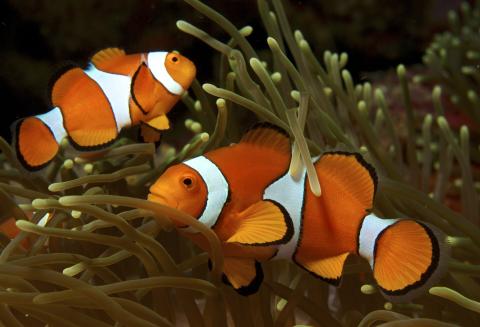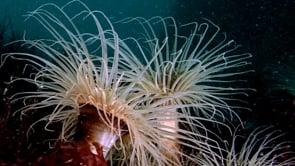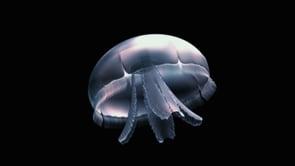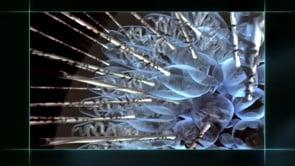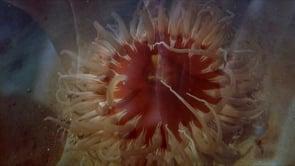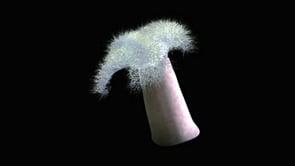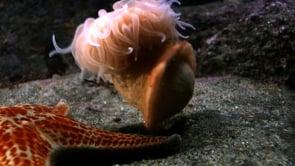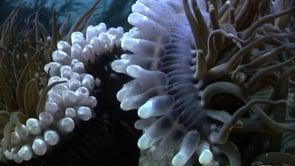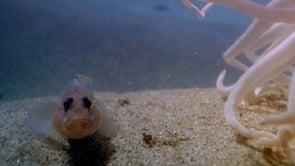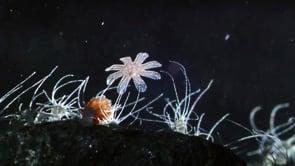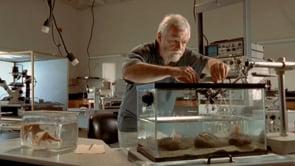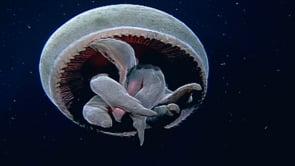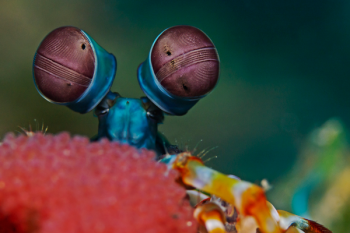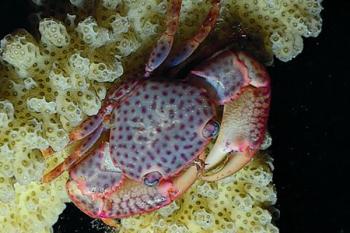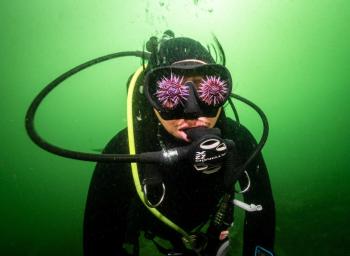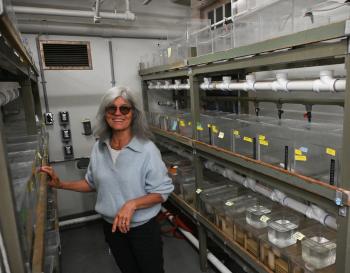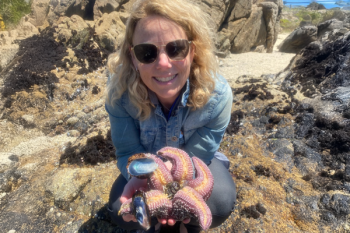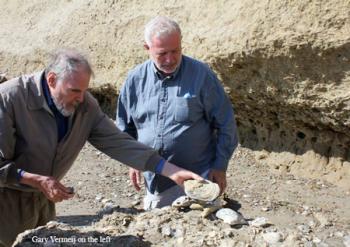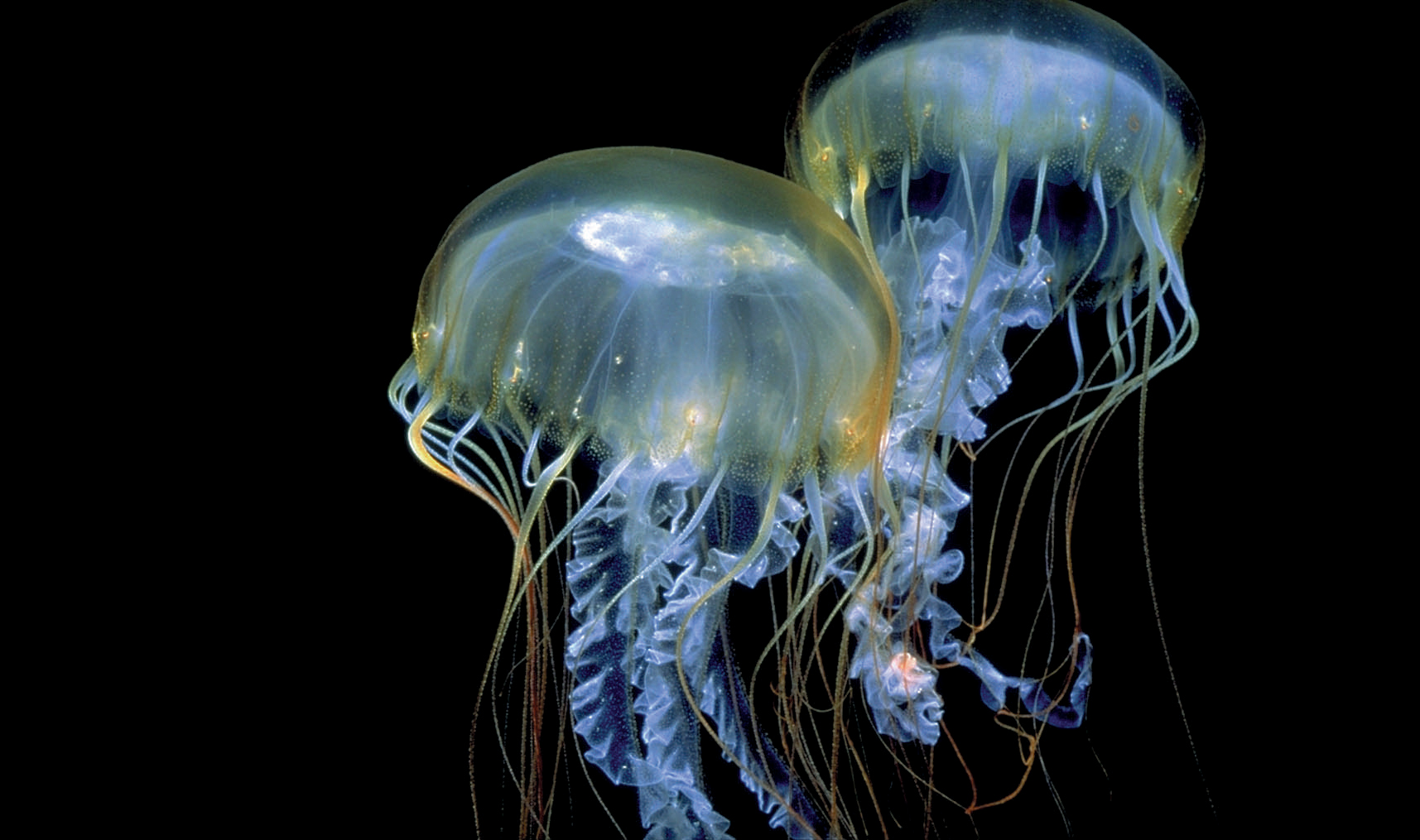

Cnidarians
Cnidarian Videos
Animation
Behavior
General Info
Role in Ecosystem
Climate
Human Interaction
Paleontology
- Image
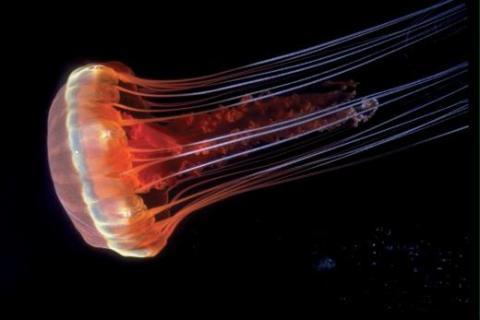
Lesson Plan
Cnidarian AdaptationsStudents explore the origins of muscles, nerves, and animal adaptions through of study of the fascinating phylum Cnidaria.Full Lesson Plan
- Image
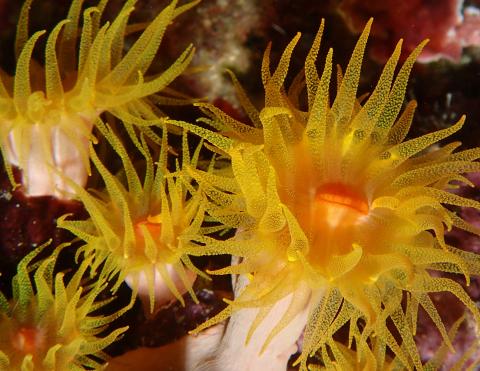
Factsheet
Cnidarians: The Polyp and MedusaScientists think that cnidarians were the first animals to have muscles and nerves to produce behavior.Download Factsheet
- Image
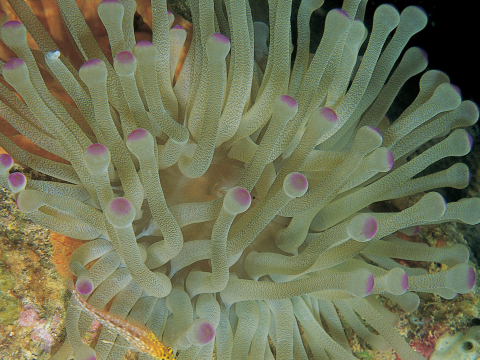
Reading
Cnidarians: The Polyp and Medusa, Life on the MoveMillions of years ago, unlikely pioneers sparked a revolution. Cnidarians set animal life in motion. So much of what we take for granted today began with Cnidarians.Download Reading
Features
Creature
Why Some Anemones Are Neon Green
Life can be stressful for anemones. Fortunately, the green microalgal symbionts in some anemone tissues provide them with nutrition and antioxidants that help them cope with stressors.
Why Some Anemones Are Neon Green
Life can be stressful for anemones. Fortunately, the green microalgal symbionts in some anemone tissues provide them with nutrition and antioxidants that help them cope with stressors.
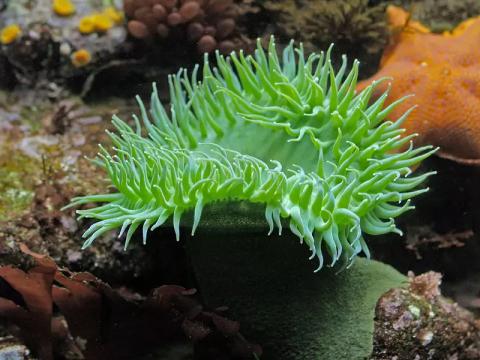
Scientist
Vicki Pearse, Department of Biology, Hopkins Marine Station, Stanford University
“I think people should know about sea anemones. Some people don’t recognize that anemones are living things.”
Vicki Pearse, Department of Biology, Hopkins Marine Station, Stanford University
“I think people should know about sea anemones. Some people don’t recognize that anemones are living things.”
Did You Know?
Sponges Are No Longer Considered the First Animal
For years we’ve been providing materials and resources positioning sponges as the first animal. But, many scientists haven’t completely accepted sponges’ placement on the tree of animal life. There are two camps; one for sponges and one for ctenophores (comb jellies). Now, through genetic research, there is strong evidence that comb jellies ARE the first animal.
Sponges Are No Longer Considered the First Animal
For years we’ve been providing materials and resources positioning sponges as the first animal. But, many scientists haven’t completely accepted sponges’ placement on the tree of animal life. There are two camps; one for sponges and one for ctenophores (comb jellies). Now, through genetic research, there is strong evidence that comb jellies ARE the first animal.
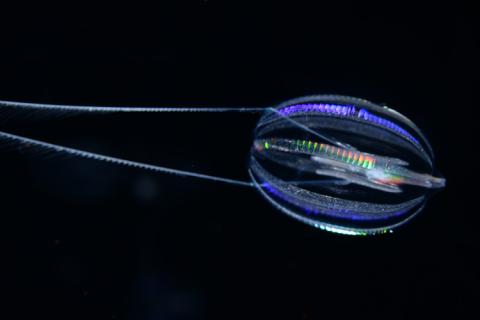
Shape of Life Blog
The Symbiotic Relationships of Anemones
Symbiosis is any type of a close and long-term biological relationship or interaction between two organisms of different species. Some anemones have these relationships.
The Symbiotic Relationships of Anemones
Symbiosis is any type of a close and long-term biological relationship or interaction between two organisms of different species. Some anemones have these relationships.
